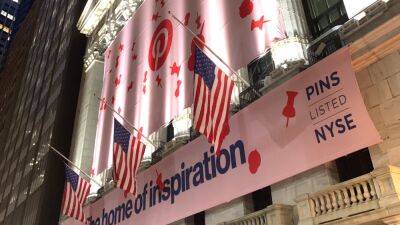Are expiring copyrights the next goldmine for NFTs?
Although non-fungible tokens (NFTs) are most commonly known in the form of digital art, they exist in many other forms and represent much more than just art.
In the creative industry, NFTs have been used by musicians such as Kings of Leon to release their latest album. In the sports industry, NFTs are created to record the highlights of major sporting events such as the NBA. In the consumer product industry, Nike, Gucci and many others are selling their digital branded products in the form of NFTs. A lot more real-world applications of NFTs are still to be explored and one of them is the digital publishing industry.
The game-changing implications of publishing and promoting books with NFTs have already been discussed extensively by many. For example, the Alliance of Independent Authors are helping indie authors to promote their latest books using NFTs. Other associated items for the fans club such as character cards are also made into NFTs. Tezos Farmation, a project built on Tezos network, even uses the complete text of George Orwell’s Animal Farm book and slices it up into 10,000 pieces to use as titles for the NFTs.
NFTs created from existing books are normally bound to copyrights. However, in the case of Tezos Farmation, the copyright had already expired. The text from the book can be used by any party for free. This triggers a very interesting question - how can NFTs preserve copyrights and royalties for books with expired copyrights?
The NFT application in the publishing industry is so far mostly focused on books that still have royalties and within their copyrights lifespan. But there are authors whose work lives on long past both their mortal existence and that of their copyrights; can NFTs provide their estates
Read more on cointelegraph.com





















